I’ve always been a tube amp player, largely because that was how it was done when I was growing up in the 1970’s. My rig has evolved from my early days - as a 15 year old kid - with a JTM30, to my current hot rodded Marshall Origin 50, Custom 2x12 Cabinet, a huge pedalboard with a Lehle for running a second, ‘clean’ amplifier, in this case, my old 1999 Marshall MG50.
It’s kind of grown to the point where it’s just impractical. That’s always been my benchmark anyways. It sounds great, but it sucks to transport.
A lot of studios where I work seem to be using amp simulation programs much more frequently, with Avid Eleven Mk II and Blue Cat Destructor being the two most prolific.
I’ve never really messed with them very much until a recent project gave me the opportunity to delve into an amp simulator.
I was hired on to complete a recording for a band whose main guitarist and writer, quite literally walked out in the middle of an album.
The main recording platform in this studio is Cubase Pro.
When we first started working on this project, back in 2019, the amps du jour were Marshalls, of course…
However, as we moved forward with the recording process, I found myself being placed more frequently into the role of producer. I started really studying the Cubase platform and tried to get at least a working knowledge of it.
After digging around in Cubase for a while, I discovered an amp simulation called Steinberg VST Amp Rack. This took a while to figure out, but once I got the mechanics of it down, it became easier to use it.
So, while I’m still using a ridiculous large, heavy rig for live work, I’m embracing VST Amp Rack for its speed of setup and virtually limitless array of available effects in a recording environment.
Anybody out there using simulation for recording??? If so, which is your preference and why???
From the studio…
- Rob

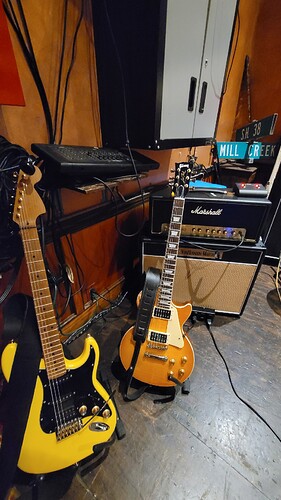
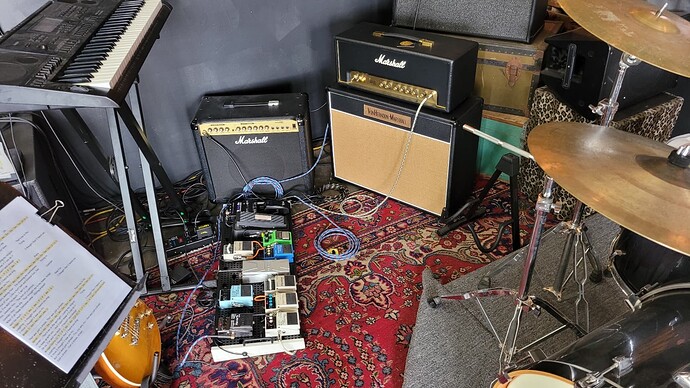
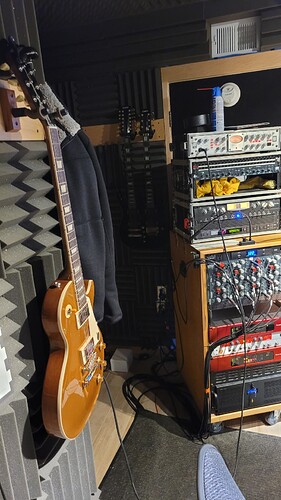
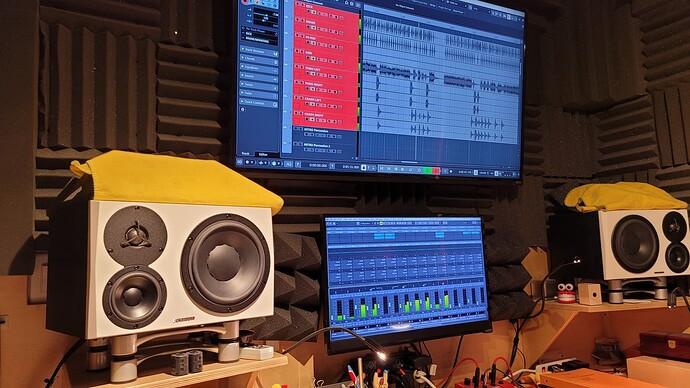
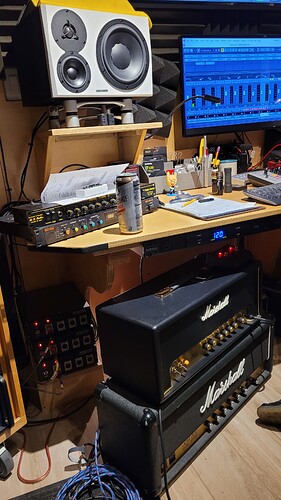
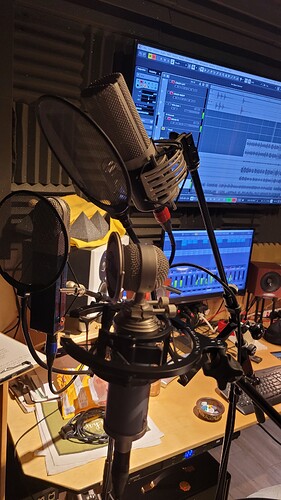
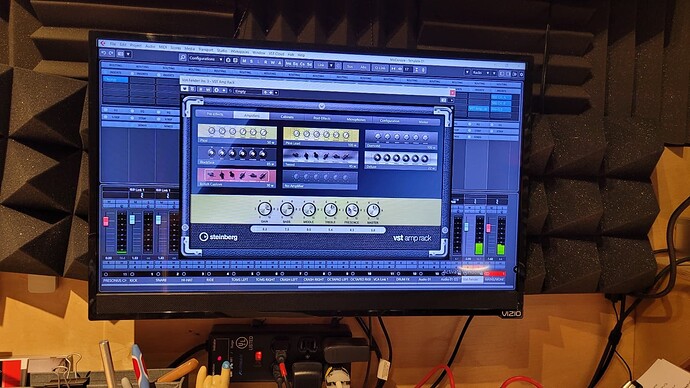

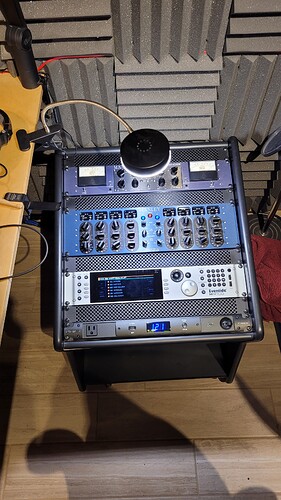

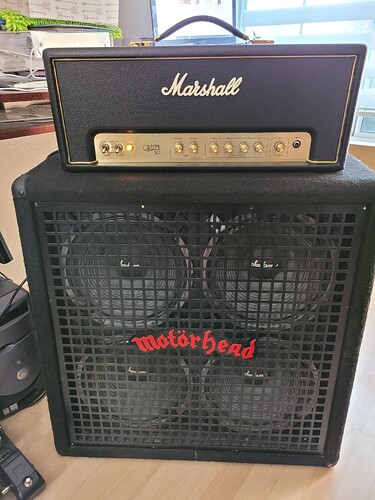
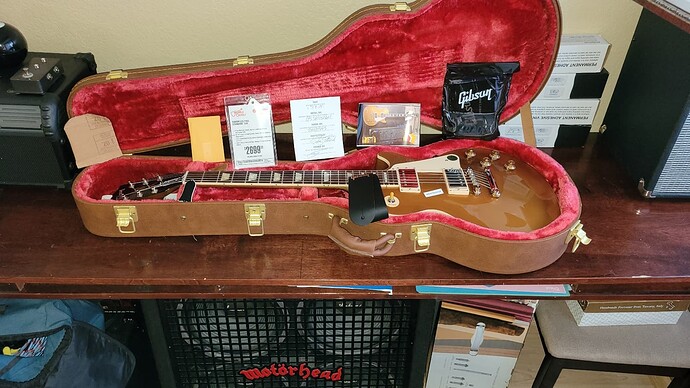
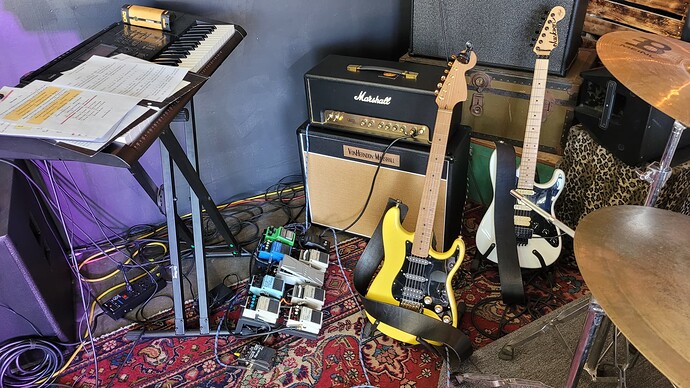

 IIRC I played a £110 Squier Strat into an orange head with an Orange 4x12 cab. I had mostly practiced with an early version of Amplitube.
IIRC I played a £110 Squier Strat into an orange head with an Orange 4x12 cab. I had mostly practiced with an early version of Amplitube.